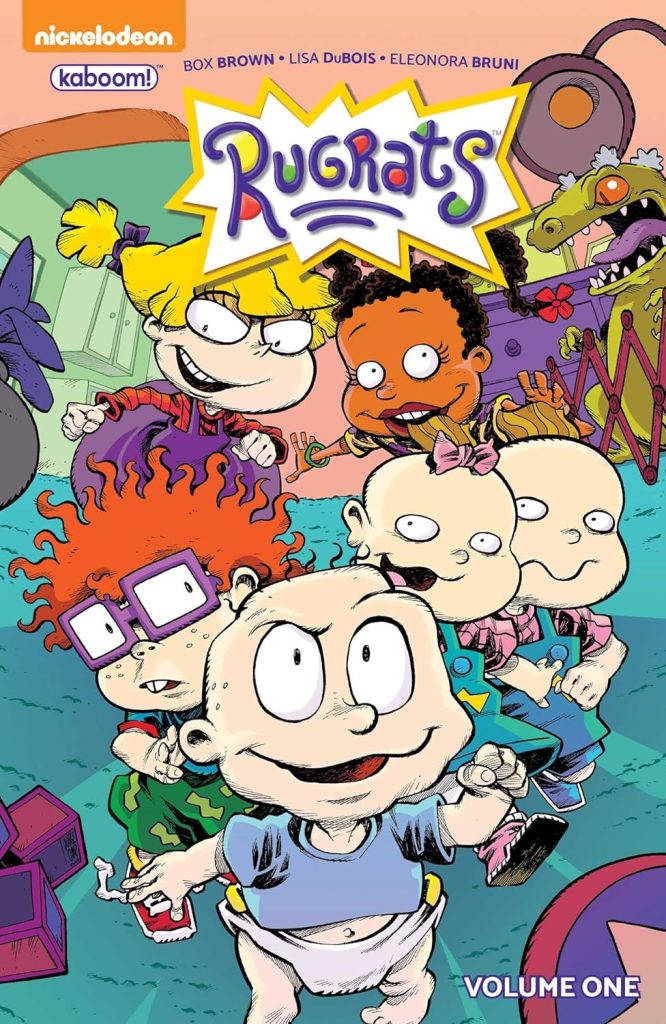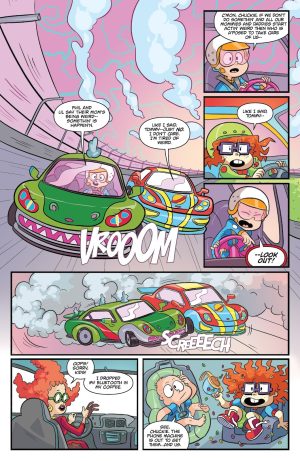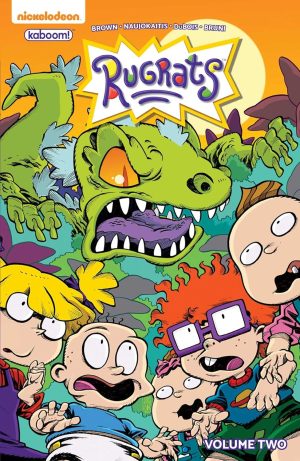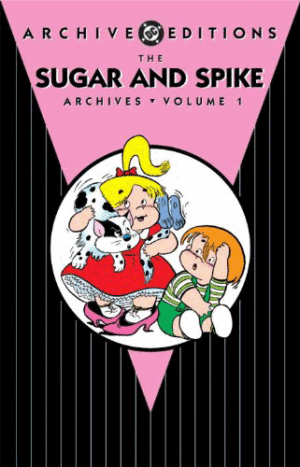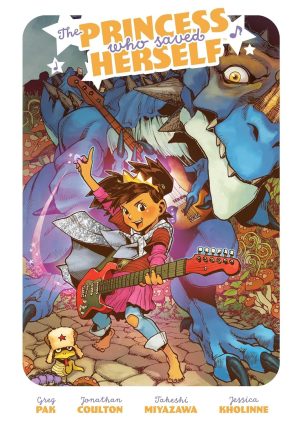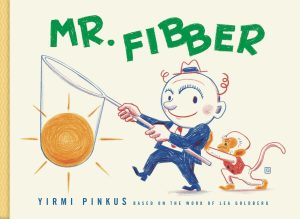Review by Frank Plowright
The main feature in this graphic novel of the beloved TV characters is a three chapter epic by Box Brown and Lisa DuBois built around technology developed since the 1990s heyday of the Rugrats TV show.
It’s a viable idea and exploits a key element of Rugrats, the kids being smarter and more resourceful than perceived. However Brown stretches credibility too far by having Tommy not only recognising a keyhole camera in a pig toy, but knowing he has to draw his room accurately and place that drawing in front of the camera to fool his father. Brown stops short of his father actually being duped, but other unconvincing moments of recognition and adaptability occur.
Beyond that Brown has a good handle on the cast and their personalities, and devises suitable fantasy sequences for the kids, comedically delivered by DuBois. Her versions of the children and their parents are faithful to their wonky TV show designs without following them exactly. Chuckie’s hair is a little large, and Tommy seen from the side sometimes looks stranger than he should. In keeping with the show, though, she supplies full backgrounds, and the characters move convincingly.
While Tommy and Chuckie are the primaries, Brown makes sure almost all cast members put in an appearance, although Susie is missing. Tommy’s Grandad Lou seems confined to a cameo until an eventful walk outside. Children possibly won’t notice Tommy being smarter than usual, and that being the case will be satisfied with a creative adventure.
Pranas Naujokaitis and Jorge Monlongo supply the final, standalone story. Molongo’s art is far more stylised, distorted when dropping into fantasy sequences, and his layouts will be difficult to follow for younger children, especially as continuing chaos is prioritised. The plot concerns Angelica’s efforts to acquire a limited edition 40th anniversary Cynthia doll, but Naujokaitis telegraphs the ending, and his new character is just too deprived and simpering.
The final story drops a decent collection down to average. Volume Two supplies another three episodes by Brown and another by Naujokaitis, but with largely different artists.
